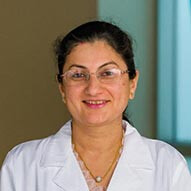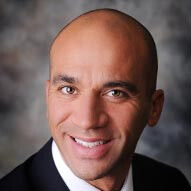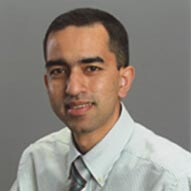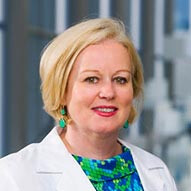Respiratory failure in children
The critical care physicians at Children’s Health℠ are international leaders in pediatric critical care. They work closely with nurses, respiratory therapists and other team members to ensure that your child gets whatever is needed at a moment's notice.
What does respiratory failure in children mean?
Respiratory failure is a condition in which the body cannot get enough oxygen from the lungs into the blood, or remove enough carbon dioxide from the blood.
What are the different types of respiratory failure in children?
There are two types of respiratory failure:
Acute respiratory failure - Respiratory failure happens quickly.
Chronic respiratory failure - Respiratory failure happens gradually as a result of a long-standing disease or condition.
What are the signs and symptoms of respiratory failure in children?
Difficulty breathing
Rapid breathing
Bluish colored skin, lips and fingernails (called cyanosis)
Confusion
How is respiratory failure in children diagnosed?
The following are tests that are used to diagnose respiratory failure. Your child’s doctor may use a combination of these:
Medical history and physical exam
Arterial blood gas test - a blood test that measures the oxygen and carbon dioxide levels in the blood
Pulse oximetry - a noninvasive test that uses a small sensor attached to the finger or ear to estimate how much oxygen is in the blood
Chest X-ray
What are the causes of respiratory failure in children?
Respiratory failure can be caused by:
Conditions that affect the muscles or nerves that control breathing (such as muscular dystrophy, amyotrophic lateral sclerosis, spinal cord injuries)
Chest injuries
Spine problems (such as scoliosis)
A drug or alcohol overdose
Lung diseases or conditions (for example, pneumonia, acute respiratory distress syndrome, cystic fibrosis)
Lung injury from inhaling smoke or harmful fumes
How is respiratory failure in children treated?
Respiratory failure is a critical condition that requires constant oversight by a team of specially-trained caregivers. Learn more about our critical care providers.
Standard respiratory failure treatments
The following are the customary treatments for respiratory failure. Your child’s doctor may use a combination of these treatment methods:
Oxygen therapy, to increase the amount of oxygen in the bloodstream
Mechanical ventilation, to help with breathing
Noninvasive positive pressure ventilation, to keep the airways open during sleep
Tracheostomy to create an opening in the trachea, providing an airway
IV fluids, to improve blood flow and provide nutrition
Treatment of the condition that caused the respiratory failure
Advanced respiratory failure treatments
The critical care team at Children’s is prepared to treat children with any critical care diagnosis or crisis, including respiratory failure. At Children’s Health, we provide patient-centered care, which means we put your child’s interests at the forefront. We have multiple resources that are designed to not only meet the needs of your child, but also your entire family.
Some of those resources include:
Immediate family is welcome 24 hours a day and limited sleeping accommodations are provided.
Although our main focus has always been high-quality patient care, many of our medical staff members also conduct research into new treatment methods and technologies. This allows Children’s Health to have access to new therapies years before they are available at other institutions. Our medical staff also wrote one of the major textbooks in the field of pediatric critical care, which helped to define how pediatric critical care is provided nationally.
Respiratory failure in children doctors and providers
 Cindy Bowens, MDCritical Care Specialist
Cindy Bowens, MDCritical Care Specialist Steven Copenhaver, MDPediatric Pulmonologist
Steven Copenhaver, MDPediatric Pulmonologist Archana Dhar, MDCritical Care Specialist
Archana Dhar, MDCritical Care Specialist Peter Luckett, MDPediatric Pulmonologist
Peter Luckett, MDPediatric Pulmonologist Darryl Miles, MDCritical Care Specialist
Darryl Miles, MDCritical Care Specialist Pravin Sah, MDPediatric Pulmonologist
Pravin Sah, MDPediatric Pulmonologist Maeve Sheehan, MDCritical Care Specialist
Maeve Sheehan, MDCritical Care Specialist